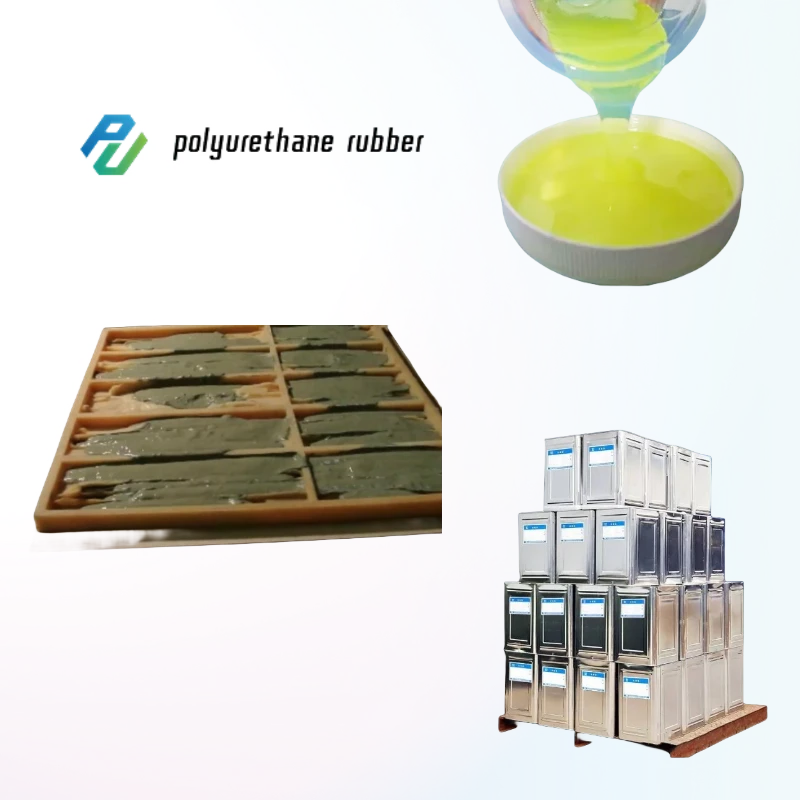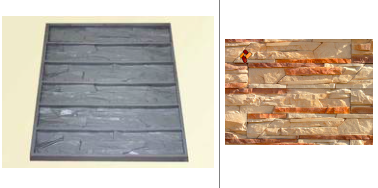Concrete molds are essential for creating uniform and well-defined shapes when working with concrete. While there are various materials you can use to create molds, one of the most accessible and versatile materials is wood. Here’s a step-by-step guide on how to make a mold for concrete using wood:
1. Understand the Basics
Molding concrete with wood forms allows for the creation of the desired shape without setting the concrete in place. Instead, you can cast the concrete in a convenient location, such as a patio or garage. The mold’s smooth bottom becomes the concrete’s top, eliminating the need for troweling the top smooth.
2. Preparing the Wood
Select the Right Wood: Opt for a 3/4-inch thick MDF board topped with melamine. This coated surface ensures the concrete doesn’t stick to the wood.
Waterproofing: Coat the wood with a release agent to prevent the concrete from sticking. Common household items like cooking spray, motor oil, or a mixture of dishwashing detergent and water can serve as release agents. Alternatively, specialized products like silicone-based sealers can be used.

3. Constructing the Mold
Cutting the Wood: Using a circular saw, cut the melamine board into the desired size. For instance, if you’re creating a rectangular mold, you might need a large base piece and four side pieces.
Assembling: Lay the base piece on a flat surface and attach the side pieces using screws. Ensure the screws are easy to remove later.
4. Finishing Touches
Beveling the Corners: To ensure smooth corners on your concrete piece, apply a bead of silicone caulk to the inside corners of the mold. Use a marble or ball bearing to create a smooth curve along the corners. Once the caulk has cured, remove any excess.
5. Casting with a Wood Grain Texture
If you desire a wood grain texture on your concrete piece, you’ll need a polyurethane rubber mold of the wood. This is because direct casting with wood would result in a negative of the wood’s texture.
By using a rubber mold, you can achieve the desired wood grain effect on the concrete. but the cost is more expensive and silicone rubber is not as durable and has good wear resistance as PU rubber. Moreover, silicone can’t be used for large sizes as it’s easy to deform, but PU rubber can make the mold nicely. so pu rubber for concrete molding will be the best choice.
6. Conclusion
Using wood to create molds for concrete is a cost-effective and straightforward method, especially for DIY enthusiasts. With the right preparation and techniques, you can achieve professional-looking results. Whether you’re making garden stepping stones, decorative pieces, or functional items, wooden molds offer flexibility and ease of use.


